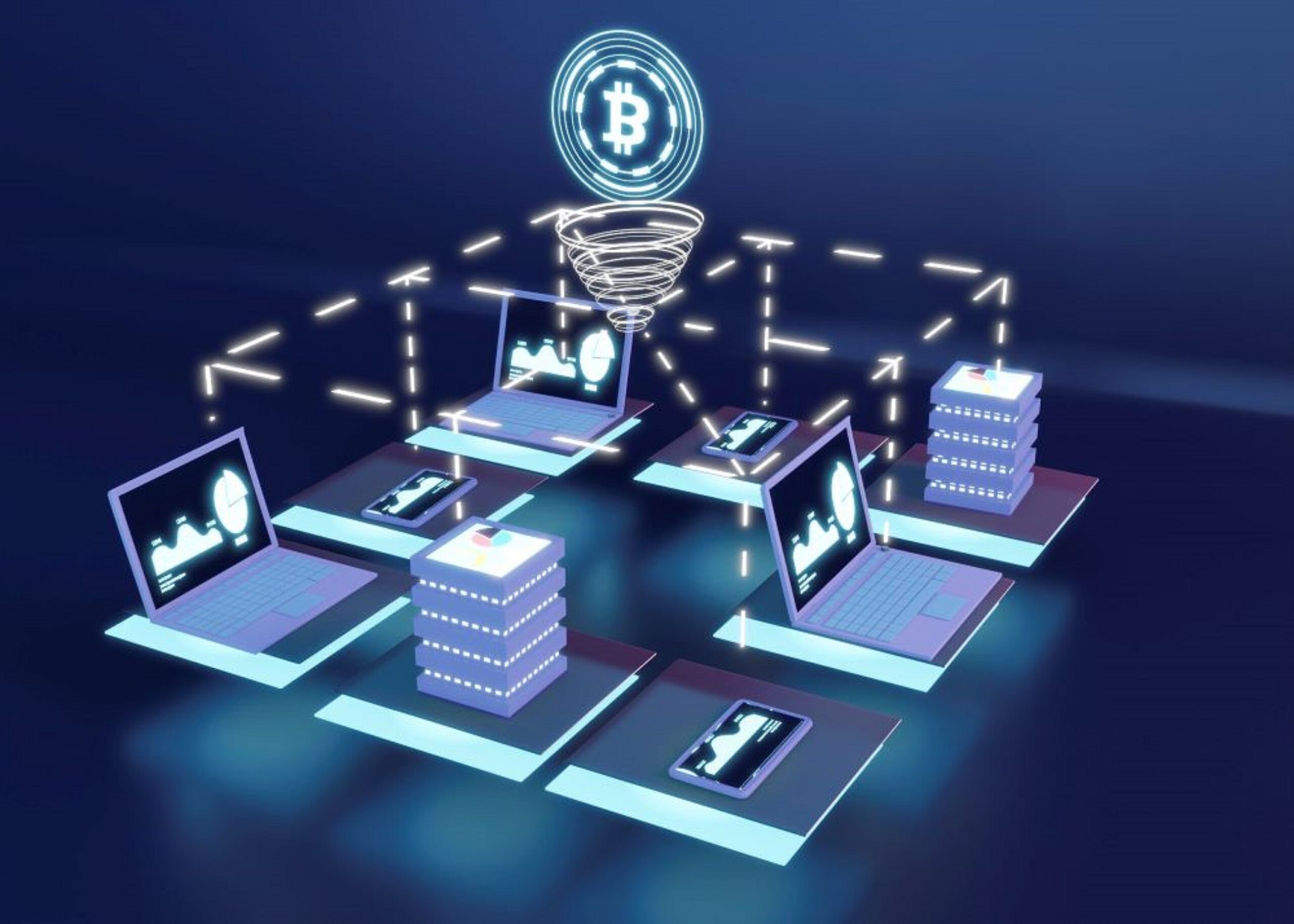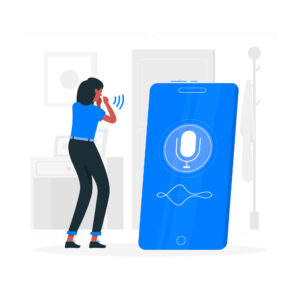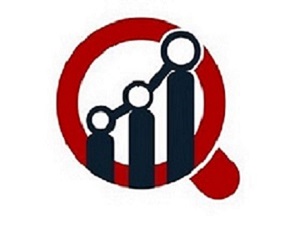Development with a Focus on Blockchain Software Development and AI Integration
Introduction:
Blockchain technology, once synonymous with cryptocurrencies, has transcended its initial applications to become a revolutionary force in various industries. At the heart of this transformation are smart contracts, coupled with advancements in blockchain software development and the integration of artificial intelligence (AI). In this comprehensive exploration, we delve into the essentials of blockchain development, emphasizing the role of smart contracts and the synergy between blockchain and AI.
I. Understanding the Basics of Blockchain:
Before delving into the nuances of blockchain development, let’s establish a foundational understanding of the technology itself. Blockchain is a decentralized and distributed ledger that records transactions across a network of computers. Its key features include transparency, immutability, and security, making it an ideal solution for industries seeking tamper-proof record-keeping.
II. The Rise of Smart Contracts:
Smart contracts, self-executing contracts with the terms of the agreement directly written into code, represent a pivotal advancement in blockchain technology. Ethereum, a blockchain platform, played a pivotal role in popularizing smart contracts, enabling developers to create decentralized applications (DApps) with programmable functionalities.
III. Blockchain Software Development:
A. Programming Languages for Smart Contracts:
Blockchain software development relies on specific programming languages tailored for smart contracts. Solidity, designed for Ethereum, remains a popular choice. However, other languages like Chaincode (Go), Rholang (RChain), and Move (Libra) cater to different blockchain platforms.
B. Decentralized Application (DApp) Development:
The development of DApps involves creating applications that run on a blockchain network. DApps leverage the decentralized nature of blockchain to provide enhanced security, transparency, and censorship resistance. Developers must navigate challenges such as scalability and user experience while crafting these applications.
C. Security Considerations:
Security is paramount in blockchain development. Smart contracts, once deployed, are immutable, meaning any vulnerabilities can have severe consequences. Best practices include code audits, thorough testing, and the use of secure coding principles to minimize the risk of exploitation.
IV. The Role of AI in Blockchain:
A. Enhancing Security:
AI technologies, including machine learning and predictive analytics, can bolster blockchain security. By analyzing patterns and detecting anomalies, AI can identify potential threats and mitigate risks in real-time, ensuring the integrity of blockchain networks.
B. Smart Contract Automation:
Integrating AI with smart contracts opens up avenues for automation and dynamic execution. AI-driven oracles can feed real-world data into smart contracts, enabling them to respond to changing conditions without manual intervention. This synergy enhances the adaptability and responsiveness of blockchain applications.
C. Improved Consensus Mechanisms:
Consensus mechanisms are crucial for maintaining the integrity of a blockchain. AI algorithms can optimize and enhance existing consensus protocols, making them more energy-efficient and scalable. This fusion of AI and blockchain can address scalability challenges that have plagued some blockchain networks.
V. Challenges and Future Outlook:
While the integration of AI in blockchain development holds immense potential, it is not without challenges. Issues such as data privacy, interoperability, and regulatory concerns must be addressed. However, as both technologies continue to mature, the future promises groundbreaking advancements in areas such as decentralized AI applications and autonomous organizations.
Conclusion:
The marriage of smart contracts, blockchain software development, and AI represents a formidable force reshaping the digital landscape. As industries recognize the transformative power of these technologies, the possibilities for innovation and disruption are limitless. Blockchain’s decentralized architecture, coupled with the intelligence of AI, opens new frontiers in efficiency, security, and automation. Developers and businesses alike must embrace these synergies to unlock the full potential of blockchain technology and propel us into a future where trust and transparency are foundational elements of our digital interactions.











